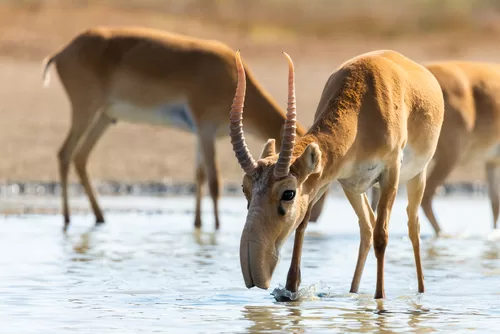About 44 percent of migratory species across the world are in decline while one in five faces the threat of all-out extinction, according to a new report from the United Nations. It is based on data collected by the International Union for Conservation of Nature (IUCN).
These species face shifting landscapes due to urbanisation, farming and climate change among several other challenges.
Here is what you need to know about their decline, what it means for the environment and whether these at-risk species can be saved.
Which migratory species are most in danger?
The UN recognises 1,189 animal species in its Convention on Migratory Species (CMS), which aims to provide them with protective measures. These creatures fall into one of two categories: endangered species to be placed under strict protection or those with an “unfavourable status” that could benefit significantly from international conservation and management agreements.
The convention has helped certain species, such as Central Asia’s saiga antelope, which was under threat from habitat loss and poaching.
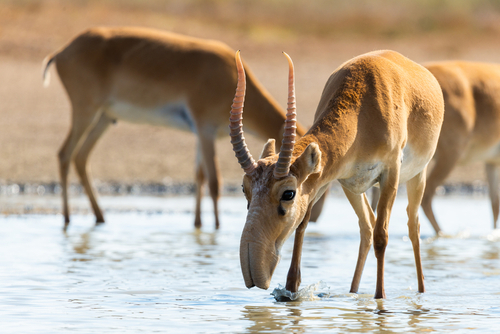
About 14 percent of migratory birds around the world are threatened, which amounts to 134 of the 960 species listed by the UN.
The UN report says the trajectory of fish populations is also particularly concerning. Ninety-seven percent of the 58 fish species it monitors are threatened with extinction. They include several species of sturgeon, shark, ray and sawfish.
Sturgeon, for instance, are commonly found in the rivers of southern Russia and Ukraine and in the freshwaters of North America. These fish have elongated bodies covered with bony plates. They migrate from the sea into rivers or freshwater lakes to breed in the early summer.
The report also notes a 95 percent drop in the numbers of European eel since the 1980s, which it says has been due to a range of factors, including barriers to migration and overfishing during the early stages of their life.
An additional 399 species that are not currently listed in the CMS are also threatened or are at risk of coming under threat, which means they could also benefit from protective measures, the UN says.
Some examples include the Indus River dolphin and albatross. Reindeer are also considered vulnerable. Albatrosses are located across the southern hemisphere while reindeer are primarily in North America and Russia.
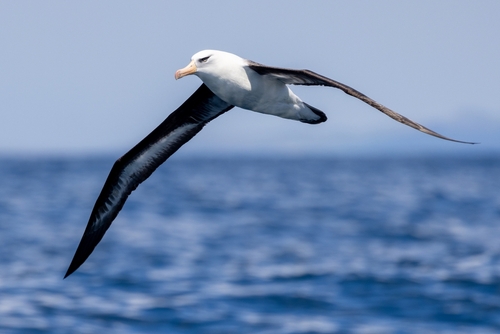
Migratory birds have experienced significant declines across certain regions, particularly those using the Afro-Palearctic migratory route. These birds typically travel southwards across Africa from Europe and Asia.
Some of the most critically endangered migratory birds include the Amsterdam Island albatross and Balearic shearwater, which breeds in Spain’s Balearic Islands and other parts of the Mediterranean, according to Environment for the Americas, which coordinates World Migratory Bird Day.
Bachmann’s warbler has not been sighted since 1988 but may still exist in habitats that have yet to be surveyed. It lives in the Midwest and Southeast of the United States and spends winters in Florida and Cuba.
What is causing habitat loss for migratory species?
The decline of migratory species cannot be pinned down to one single factor but stems from a combination, including loss of natural habitat and overexploitation. These issues affect many species across a range of geographical areas.
“Migratory species are particularly vulnerable to the pressures that we’re putting on the environment at the moment because they’re not just restricted to one particular location but move around and in many cases move incredible distances as well,” says James Pearce-Higgins, director of science at the British Trust for Ornithology.
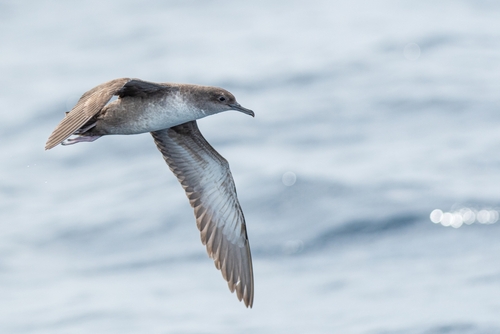
According to the UN report, 58 percent of monitored lands are under unsustainable pressure, and three-quarters of CMS-listed species are affected by habitat loss, degradation and fragmentation.
Habitat loss happens when land becomes urbanised, transformed for human use or degraded through pollution. It can also happen when habitable land is broken down into smaller, isolated patches. Farming is a primary driver of this sort of fragmentation.
Agricultural and industrial activity also release dangerous chemicals into habitats. Persistent organic pollutants have been found in migratory species such as the common tern in the Great Lakes region of the US despite increased regulation.
Are we hunting and fishing too much?
Overhunting and -fishing was found to be the leading cause of declines in migratory species studied by the UN. This involves illegal hunting or fishing, overfishing and the incidental capture of non-target species.
Seven in 10 CMS-listed species are also affected by overhunting, according to the UN. Every year, 11 million to 36 million birds are estimated to be illegally killed or removed from the Mediterranean region alone.
In the East Asian-Australasian flyway of migratory birds, illegal trapping has caused the yellow-breasted bunting to go from “superabundant” to “critically endangered” through a population decline of 84 to 95 percent.
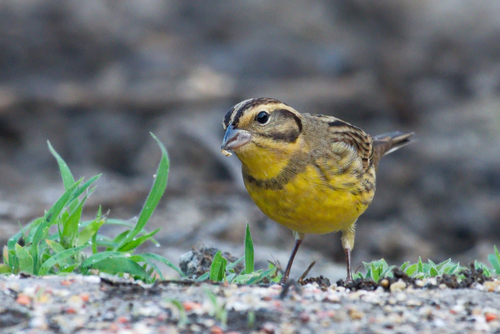
In the case of fish, a 2018 study by the UN Food and Agricultural Organization found the Mediterranean Sea was the most overfished in the world with 62 percent of its fish stocks overfished and at severe risk of depletion.
Whale sharks are largely depleted owing to overexploitation and collisions with vessels but have a high potential for recovery if there are sustained conservation efforts, according to the UN report.
How is climate change affecting migratory species?
Climate change is the second most significant factor contributing to the decline of migratory species, the UN report says. The changes in temperature, precipitation and weather patterns that it brings can affect the suitability of breeding and stopover sites along migration routes.
“Particularly, we see the effects of rising temperatures at medium and high latitudes, but in the tropics, it’s particularly changes in rainfall patterns that can be a significant issue,” Pearce-Higgins says.
Such changes to the natural landscape mean that species may no longer be able to follow their usual migratory patterns. This could translate to the direct mortality of species or less breeding.
Environmental changes and habitat loss in the Yellow Sea between China and Korea in the Western Pacific have particularly affected water birds, such as shorebirds or waders, which would normally stop there to rest and refuel during their migrations.
Pearce-Higgins says migratory bird populations in Africa have fluctuate in response to rainfall patterns. In the Sahel region, wet winters positively influence bird populations by providing more food, but during droughts, fewer birds return to the area.
Even wind turbines, although a well-meaning effort to combat global warming, can pose a threat as birds are killed or injured in their rotating blades.
Large-scale development of wind farms has been flagged as a point of concern in parts of the Middle East and Africa, where these turbines can cause deaths among migrating vultures and other soaring birds, according to Pearce-Higgins.
He adds that these installations are necessary for climate change mitigation and can be made safer, for example, by making sure wind farms are not built along known migratory routes for birds and do not fall in areas that need to be conserved or host vulnerable species. Shutdowns of a few minutes to an hour can also be implemented when a flock of birds is approaching.
The building of infrastructure such as roads, railways and dams can also obstruct migratory species from freely moving along their migratory routes. Obstacles that come with industrial development, such as shipping traffic and noise, can also disturb migratory patterns.
The rate at which animals decline and respond to any of these landscape changes differs by species. Seabirds, for instance, are very long-lived and have responded to warming sea levels at a more gradual than catastrophic rate, Pearce-Higgins says.
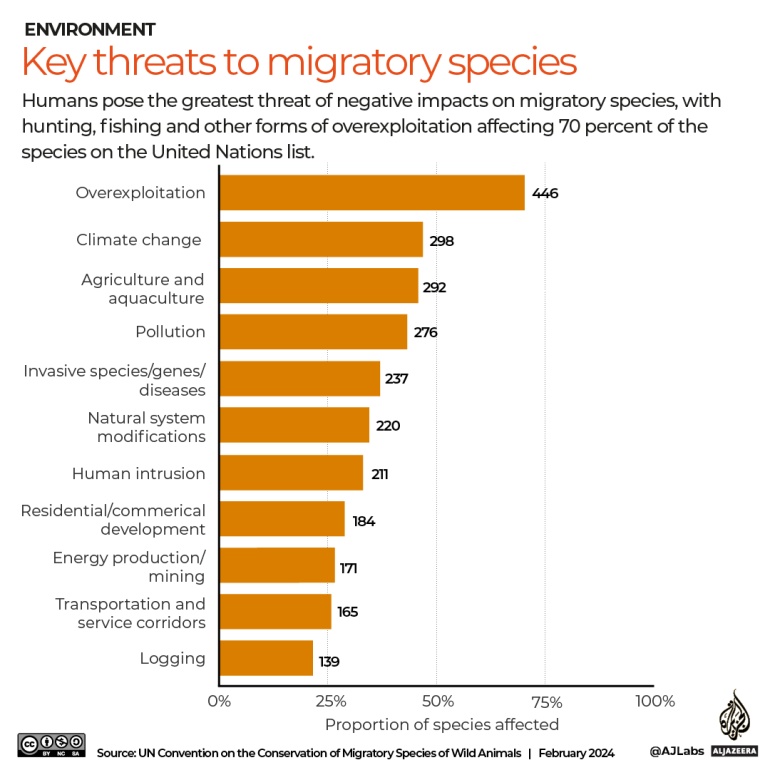
How do scientists monitor migratory patterns?
Migratory patterns are mainly monitored by attaching a tag to an animal’s body. Some tags allow data to be transmitted to a computer that researchers can use to monitor them in real time. Non-transmitting tags require animals to be recaptured, so the tag can be removed and its data downloaded.
Tags that emit a unique identification code can be implanted in fish. When the fish pass through antennas installed at specific points of a fishery or dam, the code is picked up, enabling researchers to track migration routes and estimate survival rates.
A noninvasive method of studying fish aggregations and migratory patterns is hydroacoustics, in which underwater acoustics are used to detect and count fish in rivers, oceans and lakes.
Migratory birds use flyways, a term for their established routes across geographical regions.
Birds are used as the primary indicator for migratory patterns and the state of the environment. This is because they are easier to observe, are responsive to environmental change and have important ecological functions, such as seed dispersal, according to the US Geological Survey.
The African-Eurasian flyway is one of the four great global flight paths used by migratory birds, according to the Royal Society for the Protection of Birds.
Scientists also rely on people reporting which birds they see, when and where.
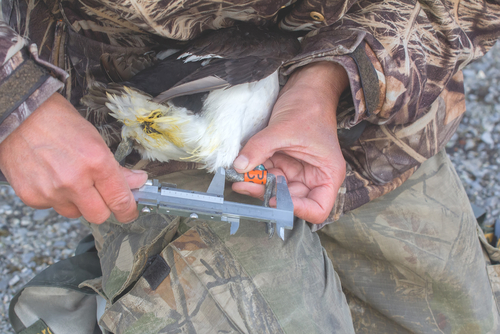
How will this decline affect humans and the environment?
The UN report notes that migratory species are of ecological, economic and cultural importance.
Primarily, the migration of species helps keep ecosystems from degradation and collapse. This can especially support carbon sequestration, the removal of carbon dioxide from the atmosphere, which mitigates climate change. This occurs through thicker vegetation or healthier coral reefs, for instance.
When migratory herbivores graze and trample savannah scrub habitats, not only does that help sequester carbon but it also minimises the risk of wildfires, says Pearce-Higgins. Grazing also improves grassland biodiversity.
Strong coastal ecosystems can also hold back floods and storm surges.
Migratory species also deliver a range of other “ecosystem services”, said Aldina Franco, associate professor in Ecology and Global Environmental Change at the University of East Anglia.
This includes pollination, seed dispersal, and pest-control.
The migration of birds, fish and mammals also supports the large-scale transfer of nutrients between environments, and many species may serve as prey for other wildlife.
Changes in migration routes due to habitat loss or climate shifts can also bring migratory species into closer contact with agricultural areas, leading to crop damage and economic losses for farmers. This shift in exposure could also make the spread of diseases from migratory species to livestock or humans more likely.
A decline in migratory species would also create a shift in how we experience and enjoy nature.
“I really enjoy hearing the first cuckoo of the year and seeing the first swallow, it would be a great cultural loss if migratory species disappeared from our countryside,” said Franco.
How do we stop species going extinct?
The UN adopted the Conservation of Migratory Species of Wild Animals treaty in 1979 to provide a global platform for addressing the conservation needs of migratory species. It currently has 133 parties and includes legally binding agreements and non-binding memorandums of understanding.
Preventing the extinction of declining migratory species is possible through policies and measures informed by scientific research into the geographical areas they depend on, their conservation status and the threats they face, says Amy Fraenkel CMS Executive Secretary, in the foreword of the UN report.
Many critical areas for CMS-listed species are also yet to be mapped, according to the UN.
“It’s obviously much harder to restore a forest or a woodland habitat by artificial means than it is to protect what’s there, which is why actually a key thing is to try and hold onto and protect as many of our existing semi-natural habitats as possible,” Pearce-Higgins said.
Franco said that in the case of migratory birds, for instance, networks of protected areas also need to be established across several countries, and in some cases, different continents.
Conservation measures of CMS-listed species also show that there is potential to reverse declines. The humpback whale, particularly its western South Atlantic population, went from being globally endangered to its survival being categorised as of “least concern” by the IUCN.
The Galapagos Marine Reserve is one such area. Spanning 133,000sq km (51,352sq miles) near the coast of Ecuador, it is one of the largest and most biologically diverse protected marine areas in the world.
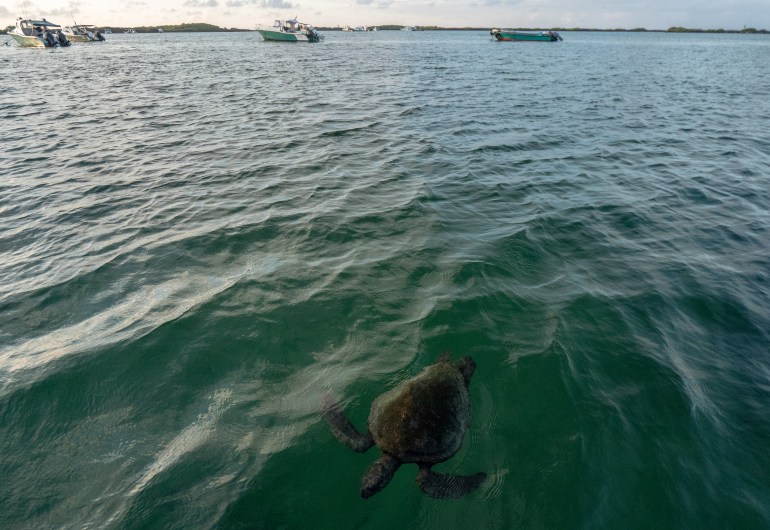
Conservation measures could include minimising negative impacts from infrastructure projects on critical migration sites, such as breeding grounds.
One way to conserve breeding grounds is more responsible tourism practices that leave such areas undisturbed.
Along with ensuring biodiversity, conservation efforts aimed at protecting the habitats of migratory species can also support the economy through ecotourism.
Restoration plans can be implemented based on scientific research of food and water availability. Wildlife corridors can be established for the safe passage of migratory animals to breeding grounds.
Consumers can also do their part. Pearce-Higgins says migratory species tend to concentrate in areas where there is a peak in resources when the seasons change. This puts them in a situation where they are more vulnerable to overexploitation whether that’s by large-scale harvesting or illegal hunting.
He adds that as consumers, it is important to make sure that our products are not associated with that overexploitation by checking if there is a sustainability badge, like one from the Marine Stewardship Council, for example.
